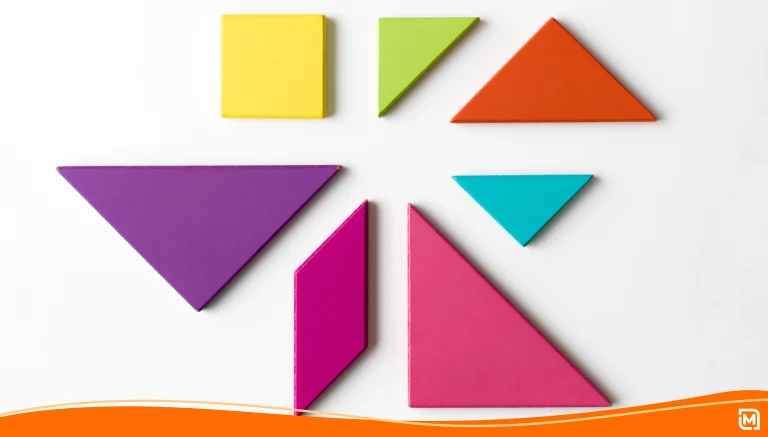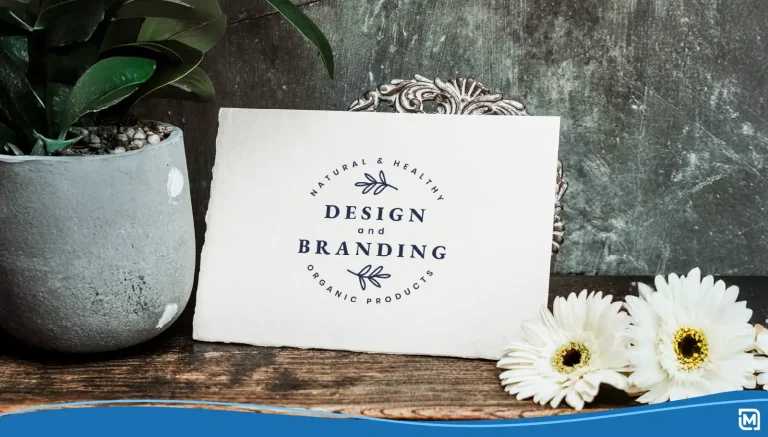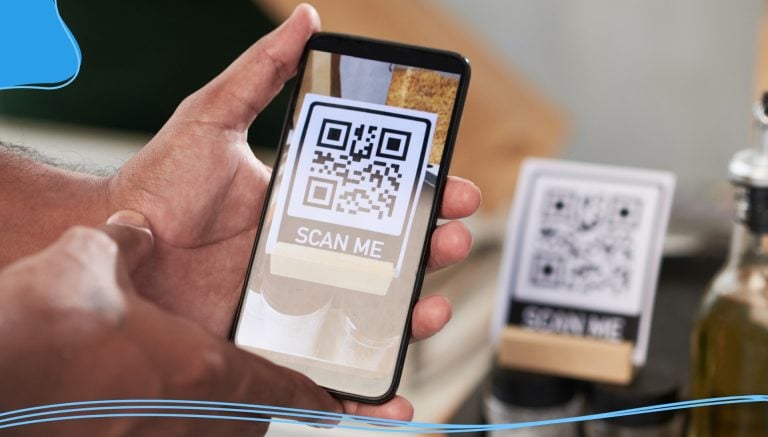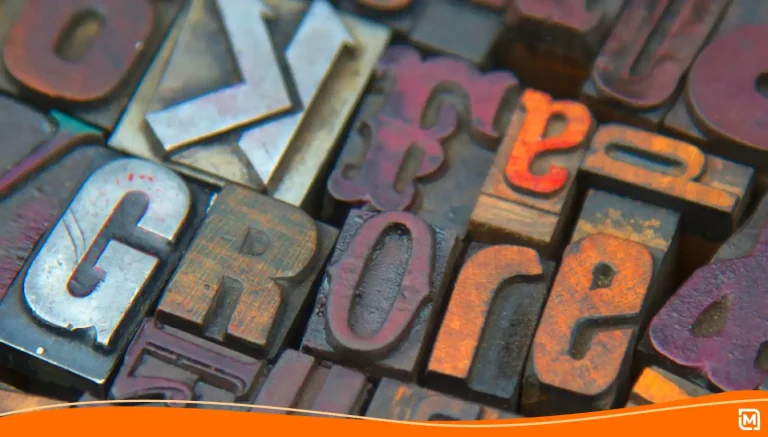What do you plan to do next once you make a business logo? By itself, a logo is just an image with no purpose or value. You need a logo to build a familiar brand, but it takes a strong brand to instill your logo with meaning. Quite a quandary, right?
Symbols only gain power over time when people start to associate them with a distinct concept or experience. Do you get starry-eyed when you picture dollar signs?
The familiar symbol instantly makes you think of wealth, success, and influence. Without those associations, an “S” shape with a vertical line wouldn’t spark any emotion or show up on your radar at all.
Logos have a similar type of mystique. With the right marketing strategy, a memorable logo can gradually embody the unique qualities of your brand.
To make this happen, you have to treat your small business logo as one component of your relationship with customers.
Why create a logo just to leave it unused or slap it on marketing materials sporadically without a goal? From the moment you start brainstorming a design, focus on how to use a logo to further your small business.
What Are Your Goals for Creating a Logo?
Never invest money into designing a marketing asset if you have no clue why you need it. As you develop a logo concept, keep these key questions in mind.
- Are you using every opportunity to increase brand recognition?
- Do customers have an easy way to visually distinguish your brand from competitors?
- Are there instances where you could use a brand logo to communicate information more efficiently?
Well-defined goals are the backbone of a marketing plan, ensuring you get the most value from your efforts. Continually look for new ways to incorporate your branding at important touchpoints. Remember, repeat contact is a crucial ingredient in building positive brand recognition.
Memorable logos act as a mental shortcut to help customers to recall their experiences with your brand. If your small business logo is languishing in an unopened computer file, you’ll have a hard time building a visual connection with customers.
What is the Ideal Brand Message You Want to Convey?
Perception versus reality is where a promising marketing strategy can go awry. Face the facts.
You only have partial control over what happens once you release your brand out into the world. You can put substantial resources into developing the perfect story and image, but it won’t matter if customers aren’t convinced.
Since a logo is a mascot for your brand, it has to set the right tone and match up with the other elements representing your business. Whether it’s on a social media page or a business card, a logo is often the first brand component a new customer sees.
What message do you want to convey in those first crucial moments? For inspiration, take a look at the logos of two well-known companies that make children’s products.
Radio Flyer is a legendary small business that has created children’s wagons and bikes for a century. When you look at the red logo with its dynamic typeface and speeding wagon, it instantly tells a story.
The design captures the excitement and independence of racing in your own vehicle as a young child. The stylized letters and speed marks also create a sense of motion.
You wouldn’t confuse Radio Flyer with any other brand, especially since the company has used the same wordmark for decades.
Now consider a much younger, but well-established toy brand like Melissa & Doug. While the company also uses a red logo, Melissa & Doug chose a hand-drawn signature that’s fun and friendly.
The entire design is simple, playful, and authentic, reflecting the brand’s mission to encourage natural learning and creativity through exploration and free play.
Businesses are complicated. The point of branding is to simplify your story to make it relatable and easy to understand. A memorable logo is a giant step toward accomplishing this goal.
Try to incorporate the value of your brand into your logo design. Do you want to come across as sophisticated? Professional? Friendly? Old school? Environmentally conscious? Artisanal?
Nail down your brand, so you can make a business logo that accurately conveys your story.
Where Do You Plan to Use Your Logo?
Choosing where and how to use your logo should be at the heart of your marketing strategy. You want customers to see your logo at important touchpoints when they’re likely to form opinions of your brand.
Good places to start include:
- Business cards
- Business forms and mailing materials
- Business website and online profiles
- Customer review sites
- Social media pages and app icons
- Company signs and advertisements
- Staff uniforms
- Company vehicles
- Promotional products, such as cups and T-shirts
At the same time, avoid designing in a vacuum. Planning logo placement before you start designing should help you keep a realistic mindset about your concept.
Complicated textures, 3D effects, or tiny details will make your logo harder and more expensive to print on different media.
If your logo is costly, you’ll be more inclined to leave it out of key promotions when using it would be beneficial to your brand. Work smart to plan a design you can easily scale, recolor, or split up to allow more versatility.
How Do You Want to Position Yourself in Your Industry?
Brand positioning is about putting your sales pitch to work. In a packed industry, it’s essential to show people how your brand values compare to competitors.
Why are people willing to pay more for products made in the US or sourced from recycled materials? It’s the perception that a product offers greater value based solely on the principles of the business.
A memorable logo should reinforce your brand positioning and make you stand out from similar businesses. Picture how the Tommy Hilfiger logo channels the American flag with its shape and color scheme.
The logo distinguishes the brand for timeless all-American style in an era when many foreign fashion brands dominate the industry.
Think about the most unique characteristics of your business. This could include brand traits, an unconventional business name, or innovative products and services.
You don’t need to cram every detail into your logo but aim to incorporate at least one distinguishing factor people can link to your brand.
Use Your Logo Consistently For Maximum Impact
Logos are considered marketing “assets” for a reason. Make sure you get a return on investment from your logo by putting it front and center in key marketing channels.
Using your brand mark consistently will help customers become familiar with your business and develop a personal connection to your brand.
Are you ready to design a logo? Create a professional, custom logo now!



